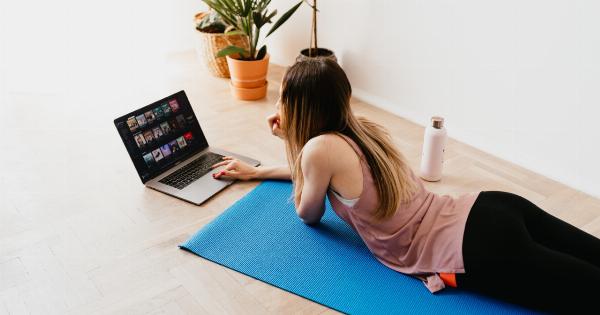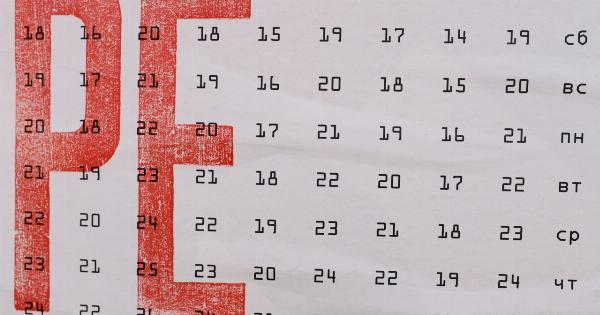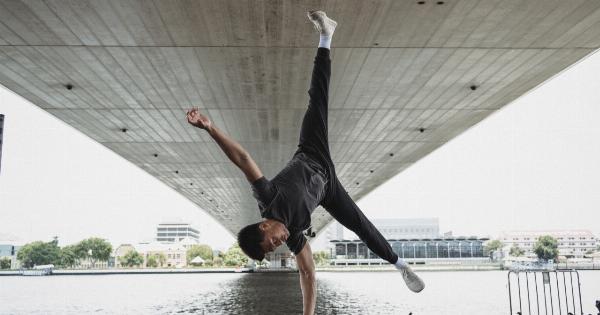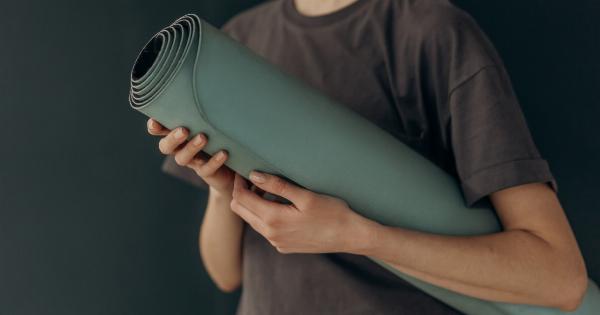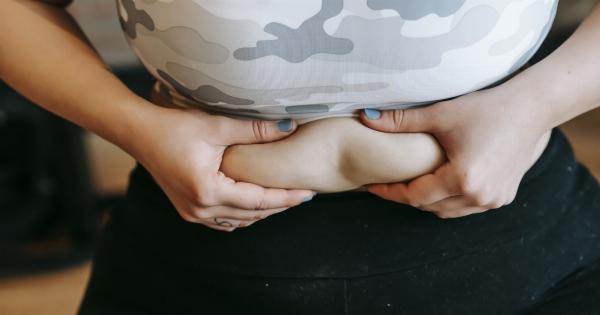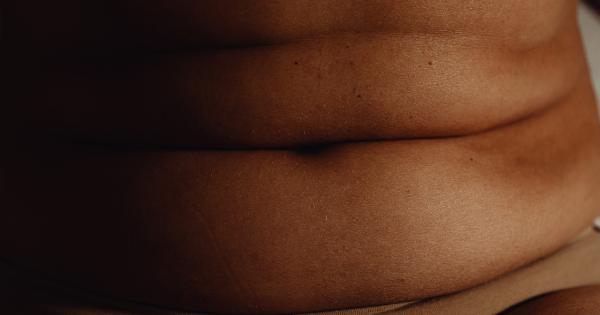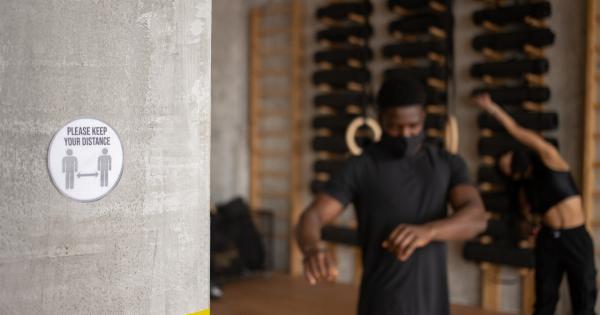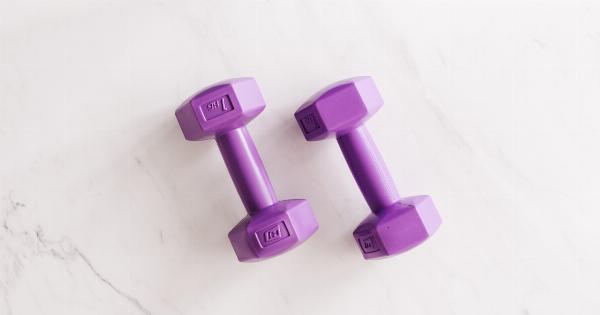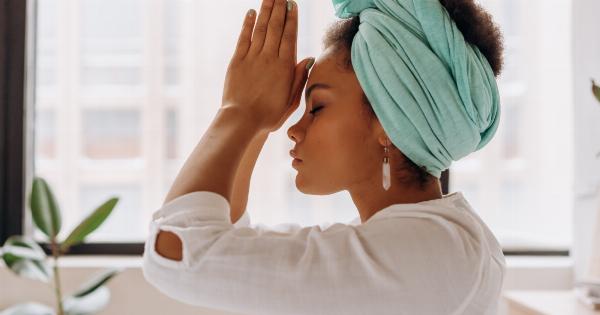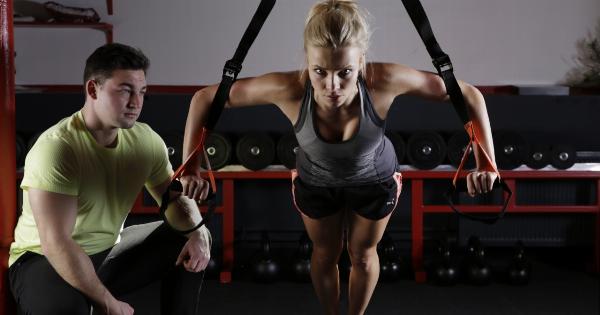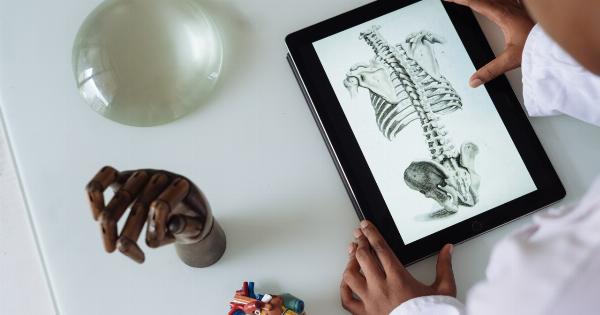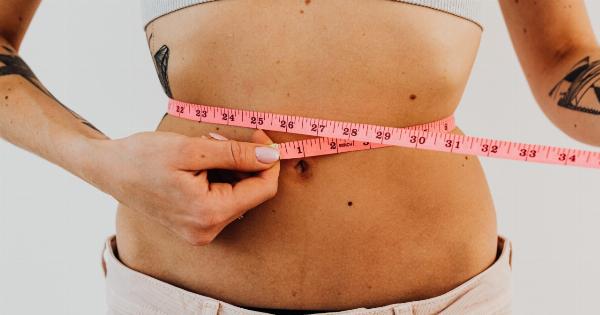Are you looking for a low-impact yet effective way to improve your overall fitness? If so, Pilates may be the right path for you.
Originated by Joseph Pilates in the early 20th century, Pilates involves a series of exercises intended to lengthen, strengthen, and balance your muscles, improve your posture, and enhance your mind-body connection.
How Pilates Works
Pilates exercises primarily target the muscles in your core, which includes your abdominals, lower back, hips, and buttocks.
Through these exercises, you will recruit deep stabilizing muscles you may not have used before, leading to increased flexibility, range of motion, and body awareness.
Pilates is also an excellent workout for those with chronic pain or injuries. The exercises are low-impact, meaning they don’t put undue stress on your joints, yet they still provide a challenging workout for your muscles.
Additionally, because Pilates is focused on ease of movement and proper form, you’re less likely to aggravate any existing injuries you may have.
The Benefits of Pilates
There are countless benefits to practicing Pilates, both for your physical and mental health. Here are just a few:.
Improved Posture
Pilates can help you stand up straighter and taller. The exercises work to strengthen the muscles in your upper back and neck, which can help alleviate chronic pain and prevent future injuries.
Over time, you’ll notice better posture and less strain on your spine.
Increased Flexibility
Many Pilates exercises involve stretching and lengthening your muscles, leading to increased flexibility and range of motion. This can be especially beneficial for athletes or those involved in other physical activities.
Core Strength
The core is the foundation of all movement, and Pilates focuses on strengthening and engaging the muscles in this area. By building a strong core, you’ll be better able to perform everyday tasks and activities with ease.
Improved Mind-Body Connection
Pilates exercises require concentration and focus, allowing you to develop a stronger mind-body connection. With practice, you’ll become more in tune with your body and its movements, leading to better overall fitness and awareness.
Getting Started with Pilates
If you’re interested in trying Pilates for yourself, there are a few things to keep in mind:.
Find a Qualified Instructor
To get the most out of your Pilates practice, it’s essential to work with a qualified instructor who can offer guidance and corrections. Look for someone who has been certified by a reputable organization, such as the Pilates Method Alliance.
Choose the Right Environment
While you can certainly practice Pilates at home, many people find it helpful to attend a class or work with a trainer in a studio setting. This allows you to use specialized equipment and receive personalized feedback on your form.
Start Slowly
Like any new physical activity, it’s important to start slowly and gradually build up your practice. Don’t be discouraged if some exercises feel challenging or uncomfortable at first – with time and practice, you’ll improve.
Listen to Your Body
While Pilates is generally a safe and effective form of exercise, it’s important to listen to your body and not push yourself too far too quickly. If you experience any pain or discomfort, stop the exercise and consult with your instructor.
Conclusion
Pilates is a highly effective and beneficial form of exercise that can help you improve your overall fitness, posture, and mind-body connection.
By working to strengthen your core, increase your flexibility, and develop better alignment, you’ll be better equipped to perform everyday activities and enjoy a higher quality of life. So why not give it a try?.

